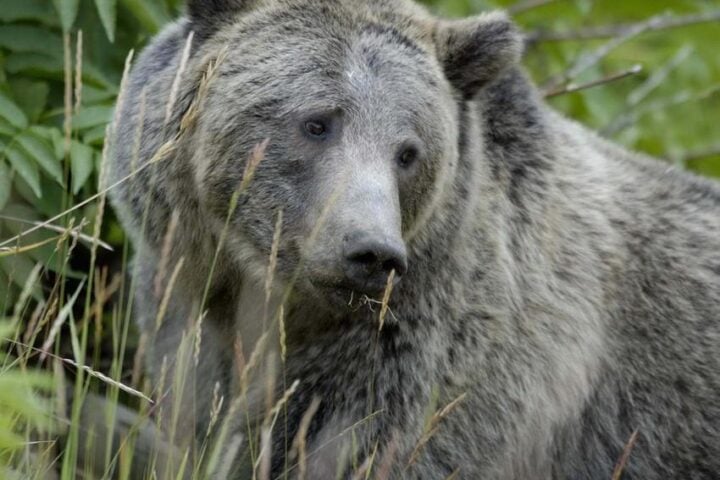NASA’s recent selection of 11 Space Biology research projects offers a glimpse into the future of lunar exploration and the challenges of sustaining life beyond Earth’s orbit. These studies, meticulously chosen in response to the ROSES-2022 Program Element E.9 “Space Biology Research Studies,” represent a confluence of efforts from multiple institutions across the United States, with an estimated funding of about $2.3 million between 2024 and 2027.
Plant Research Investigations: These investigations, led by experts like Simon Gilroy, Aymeric Goyer, Christopher Mason, and others, are primarily focused on understanding how lunar regolith (moon soil) can support plant growth. For instance, Simon Gilroy’s study at the University of Wisconsin, Madison, aims at “Tailoring Lunar Regolith to Plant Nutrition,” exploring how to modify lunar soil to support plant life. Aymeric Goyer at Oregon State University is studying the “Growth, physiology, and nutrition dynamics of potato plants grown on lunar regolith simulant medium,” a key step in determining the viability of growing food crops on the Moon.
Similar Posts
Animal Research Investigations: These studies, including those led by Cheryl Nickerson and Afshin Beheshti, delve into the effects of lunar dust on human-analogous model systems. For instance, Cheryl Nickerson at Arizona State University is exploring the “Effects of Lunar Dust Simulant on Human 3-D Biomimetic Intestinal Models, Enteric Microorganisms, and Infectious Disease Risks.” This is crucial for understanding the potential health risks to astronauts from lunar dust exposure. Afshin Beheshti’s work at NASA Ames Research Center focuses on “Spaceflight and Regolith Induced Mitochondrial Stress Mitigated by miRNA-based Countermeasures,” looking into how spaceflight and lunar regolith exposure affect cellular function and potential ways to mitigate these effects.
The selected projects are not just confined to immediate space exploration objectives but also aim to enhance our understanding of life in extreme environments. This research could have far-reaching implications, from advancing space agriculture to developing new biomedical technologies. The diversity and breadth of these studies underscore NASA’s commitment to a multidisciplinary approach in preparing for the challenges of deep space exploration.
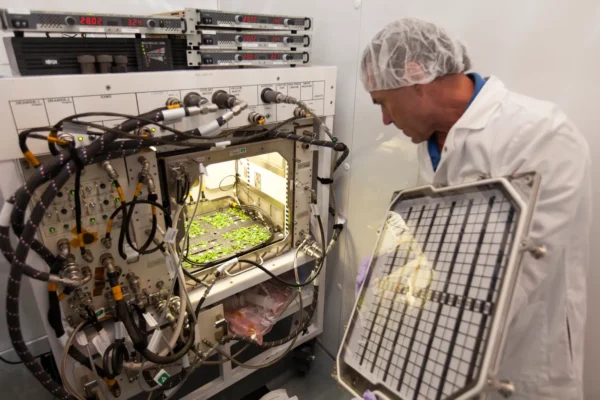
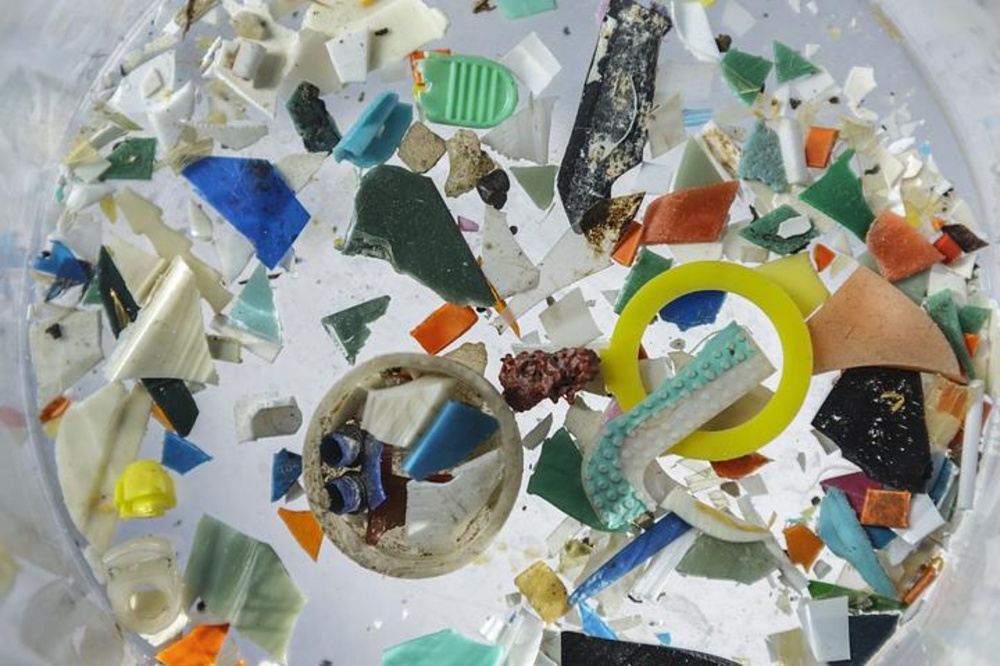
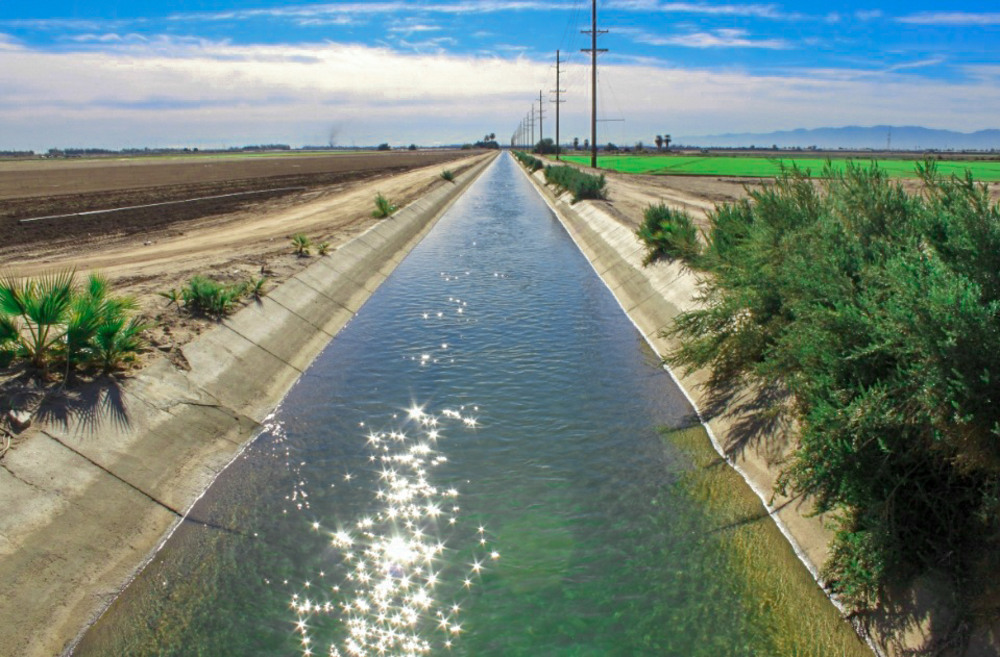
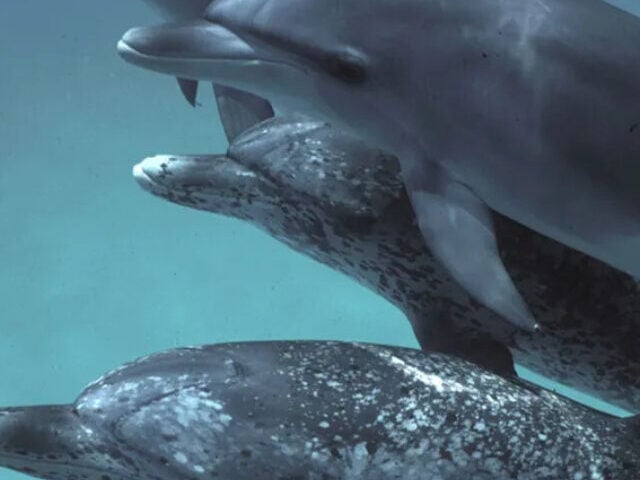
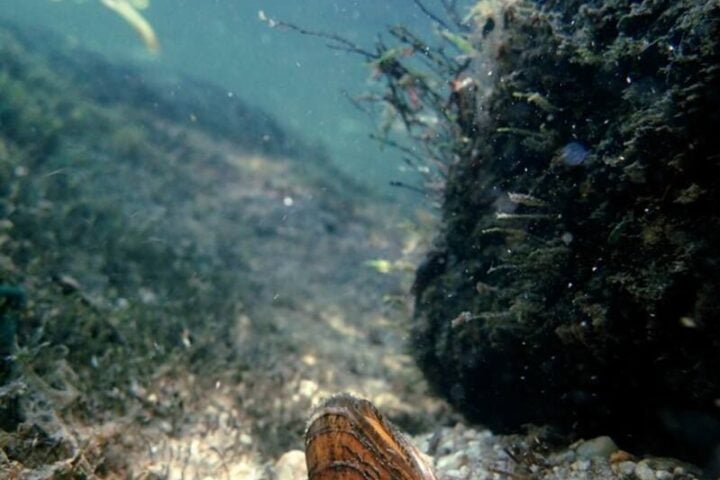
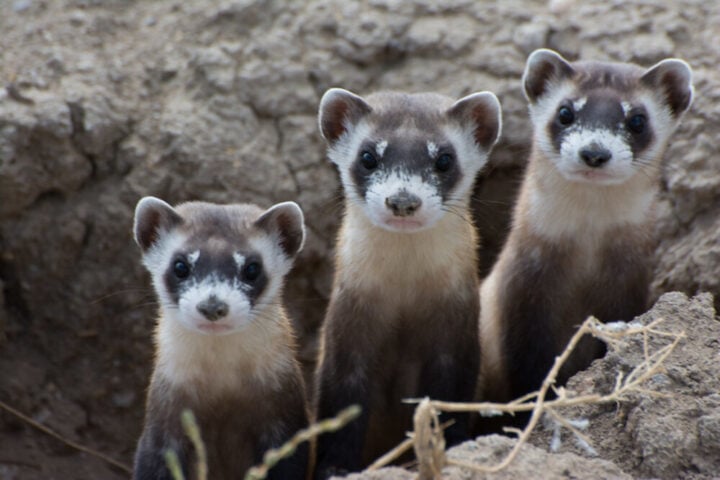
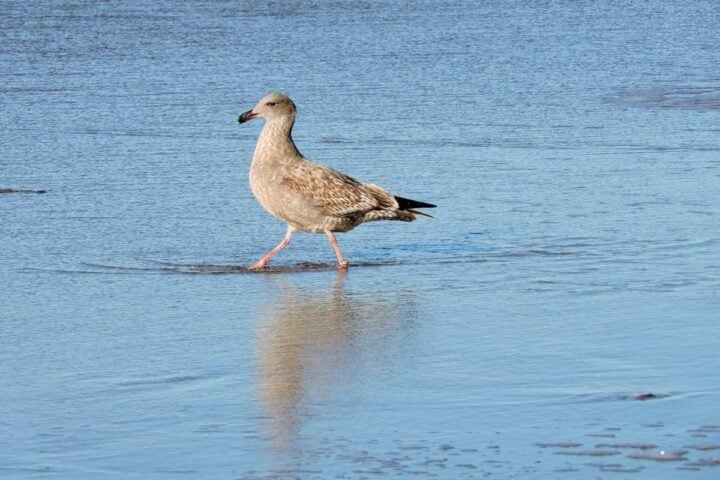

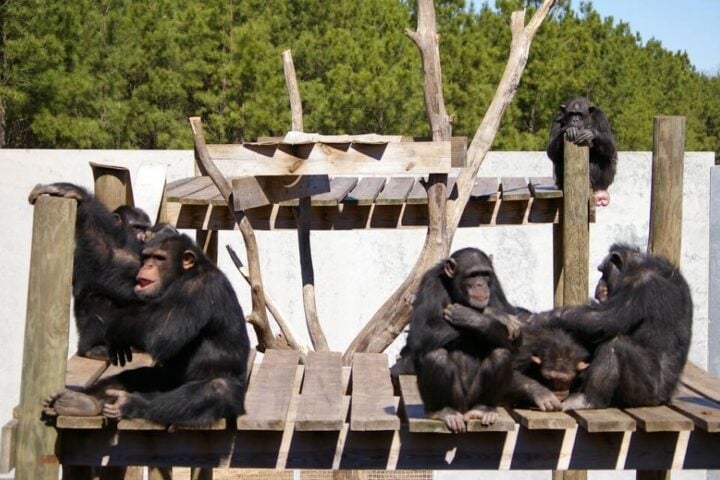
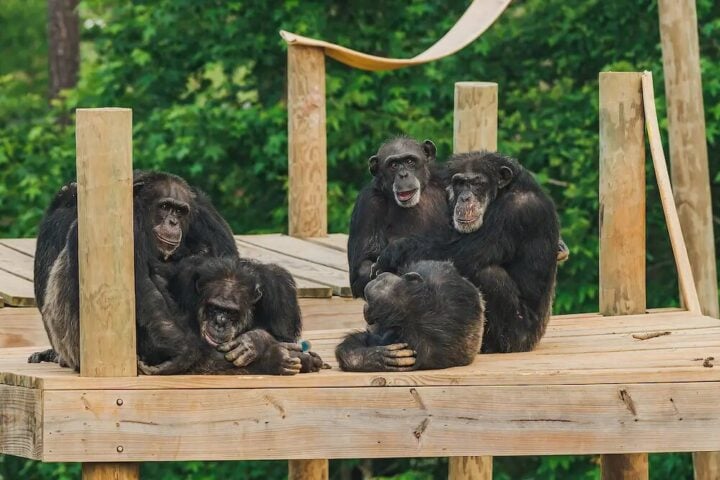

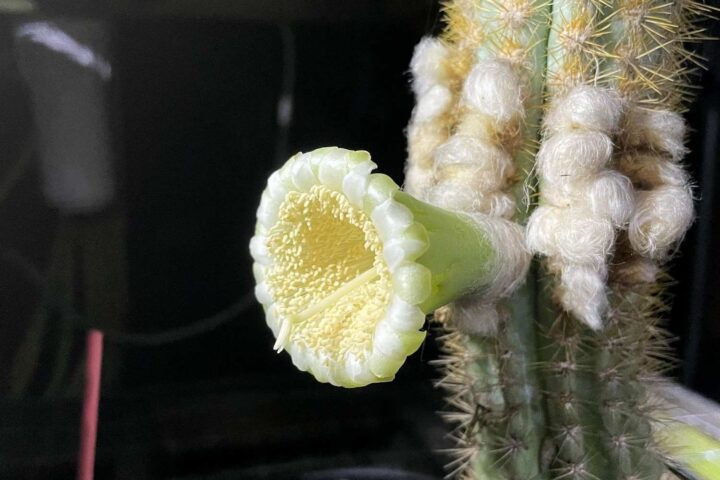
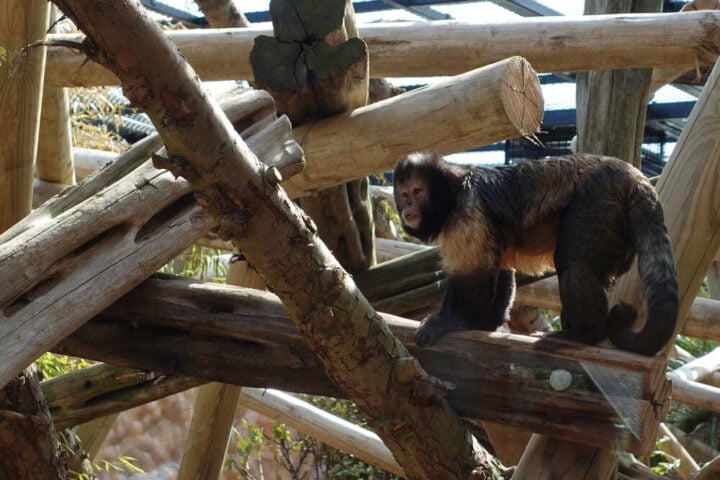
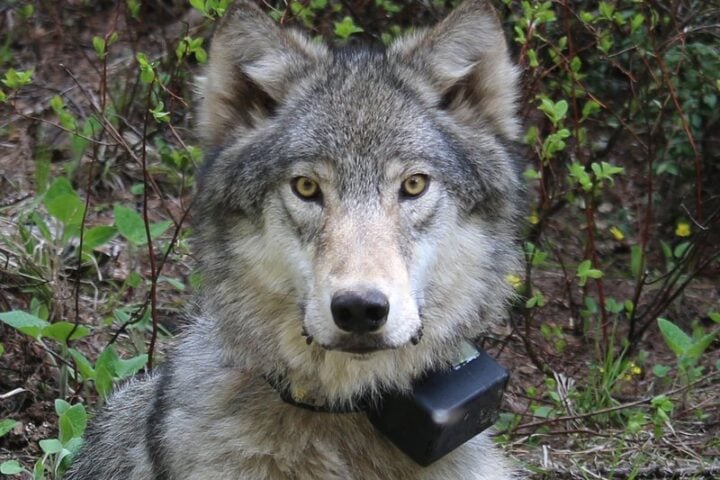
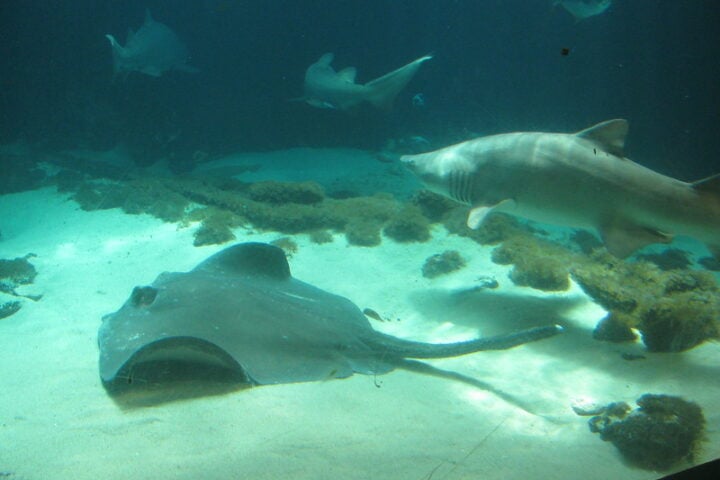
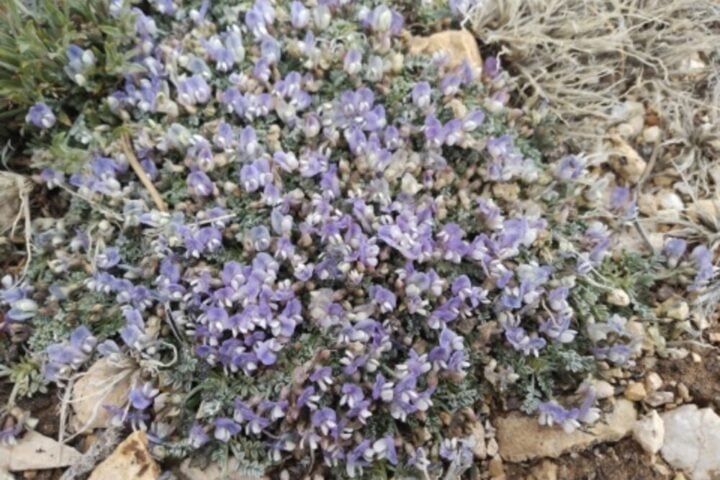
![Representative Image: European Starling [49/366]. Photo Source: Tim Sackton (CC BY-SA 2.0)](https://www.karmactive.com/wp-content/uploads/2025/04/Starlings-Drop-82-in-UK-Gardens-as-Birdwatch-2025-Reveals-Record-Low-Count-Since-1979-720x480.jpg)
